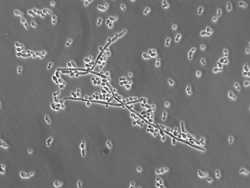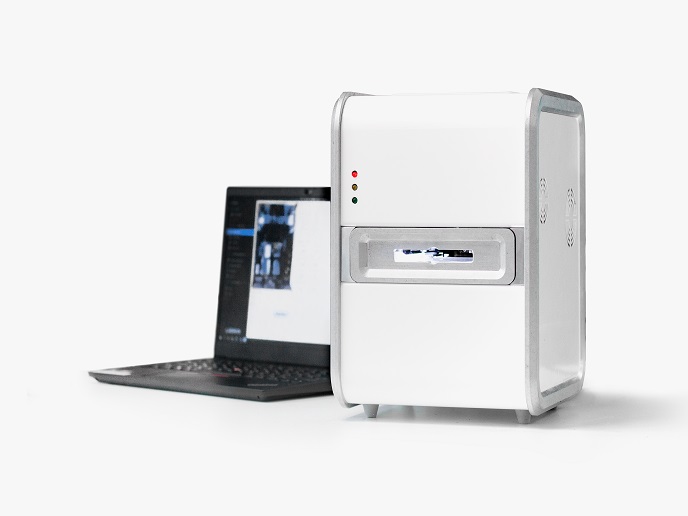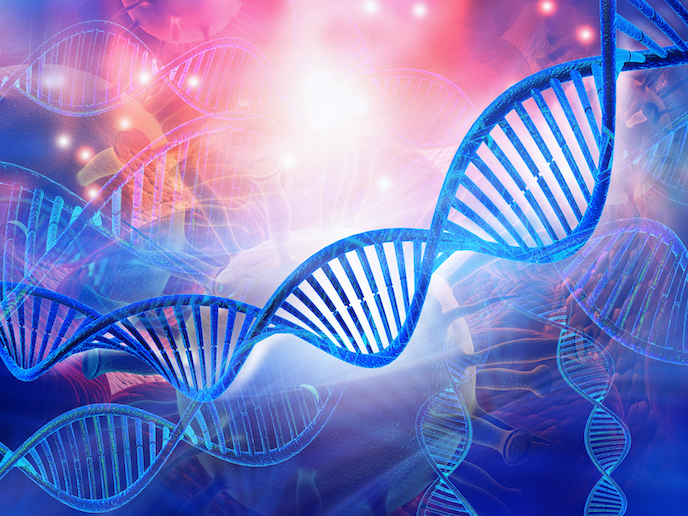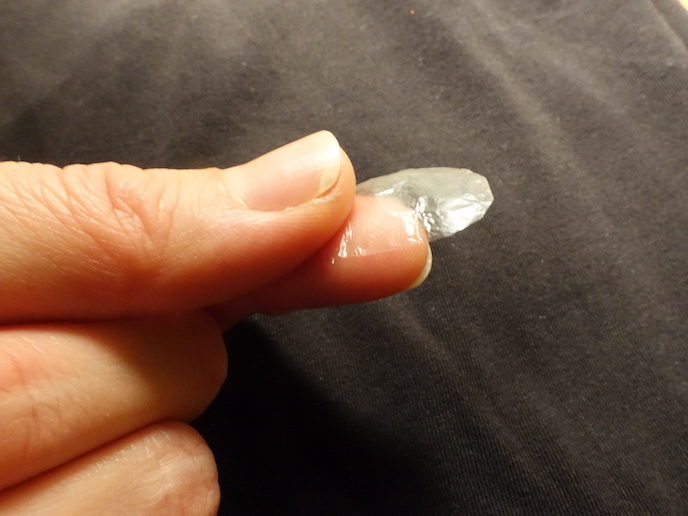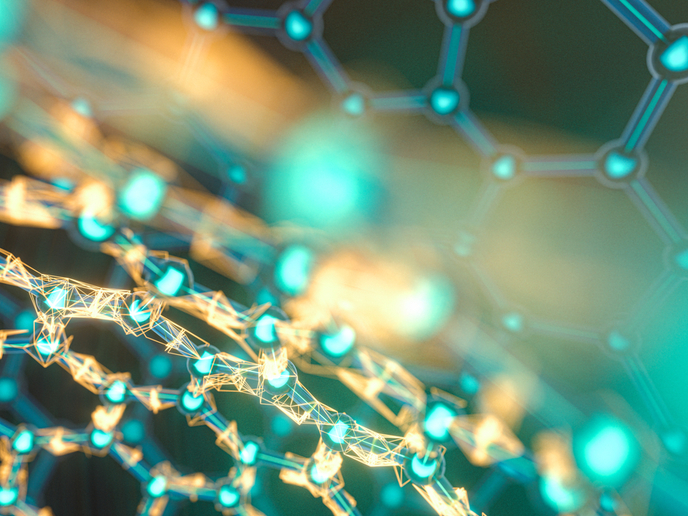Glowing beads identify endocrine disruptors
Endocrine disrupting compounds, or EDCs, have arisen as yet another chemical threat to both wildlife and humans. EDCs are produced from a number of anthropogenic sources, for example pesticides from agriculture. Research supported by the LIFE QUALITY Programme aimed to develop biosensors to improve detection of EDCs in the environment. Biosensors incorporate biological and inorganic components into a single device. In the case of the MENDOS project, yeast cells were immobilised in hydrogel beads. The group experimented with different material combinations. While polyvinyl alcohol (PVA)-based hydrogels boasted higher luminescence and sensitivity values, alginate versions were selected due to ease of counting yeast colonies. Volume ratios and induction times were subsequently optimised for alginate hydrogels. Yeast cultivation was very fast and could be stored for long periods of time without degradation. Efforts to boost luminescence with coenzyme A (CoA) were made, but require further study due to the complexity of the system. Finally, the new biosensor was subjected to water samples contaminated by EDCs, which it was able to successfully identify. In comparison with conventional detection methods, the biosensor offers speed, robustness, a long shelf life and lower costs. The MENDOS research consortium therefore recommends it for use as an EDC screening tool for water samples.



